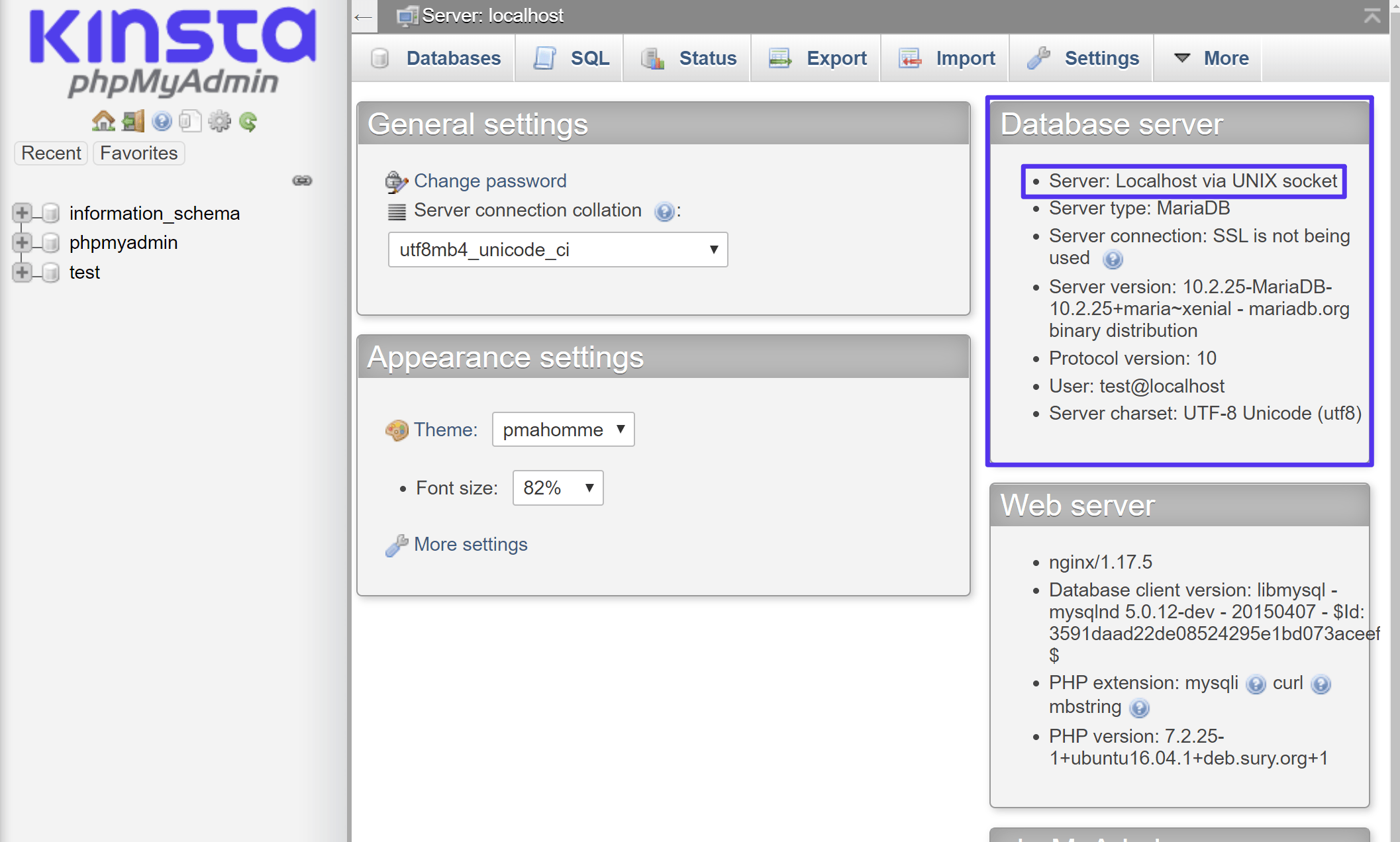
- #FINDING PHPMYADMIN ROOT PASSWORD FULL#
- #FINDING PHPMYADMIN ROOT PASSWORD PASSWORD#
- #FINDING PHPMYADMIN ROOT PASSWORD WINDOWS#
#FINDING PHPMYADMIN ROOT PASSWORD FULL#
Yet, thanks to the web-based phpMyAdmin GUI, full control over the database was not only trivial, but simplified. Ironically, thanks to the lack of a valid user account in MySQL, the database engine was secure against remote MySQL requests over port 3306.


Unfortunately for the server administrator, the hole was enough to give the red cell all that was needed to launch a multi-staged exploitation session that eventually led to root access of the target system.Īs previously mentioned, phpMyAdmin is only a front end to MySQL. Specifically, this gaping hole was a result of a standard XAMPP installation, which leaves phpMyAdmin wide open and available to anyone who happens to find it. In this case, the entry point was a default installation of phpMyAdmin, which is a GUI based interface for MySQL, the powerful database application that is considered the standard for open source junkies. If it was installed with plesk (not sure if it’s just that, or on the phpmyadmin side: It changes the root user to admin.Practical Intrusion Analysis: Prevention and Detection for the Twenty-First Century: Prevention and Detection for the Twenty-First Century Why does phpMyAdmin change root user to admin? See The config.py File for more information on configuration parameters and how they can be changed or enforced across an organisation.
#FINDING PHPMYADMIN ROOT PASSWORD PASSWORD#
PgAdmin aims to be secure by default, however, you can disable the master password by setting the configuration parameter MASTER_PASSWORD_REQUIRED=False. Is there a way to disable the master password in pgadmin? So far: In PgAdmin I right clicked the database name, clicked Create Script and then typed the command: Question: where exactly in PgAdmin am I able to see the user and password or list of users and passwords? Where to view database user and password in pgadmin? where ‘NewPassword’ is your new password. Maybe your problem is that you’re using the usual ‘root’ username, and your password could be correct. In my case, the user was phpmyadmin, and my password was correct. Try opening config-db.php, it’s inside /etc/phpmyadmin. Where can I find the password for PhpMyAdmin? The default username for phpmyadmin is “root”. What is username and password of phpMyAdmin? Enter the username “root” and your application password.Open a browser and type in the address.Click the putty file and let’s start to configure it.
#FINDING PHPMYADMIN ROOT PASSWORD WINDOWS#

Why does phpMyAdmin change root user to admin?.Is there a way to disable the master password in pgadmin?.Where to view database user and password in pgadmin?.Where can I find the password for PhpMyAdmin?.What is username and password of phpMyAdmin?.What is the default username and password for phpMyAdmin in Wamp?.What is the default password for phpMyAdmin?.


 0 kommentar(er)
0 kommentar(er)
